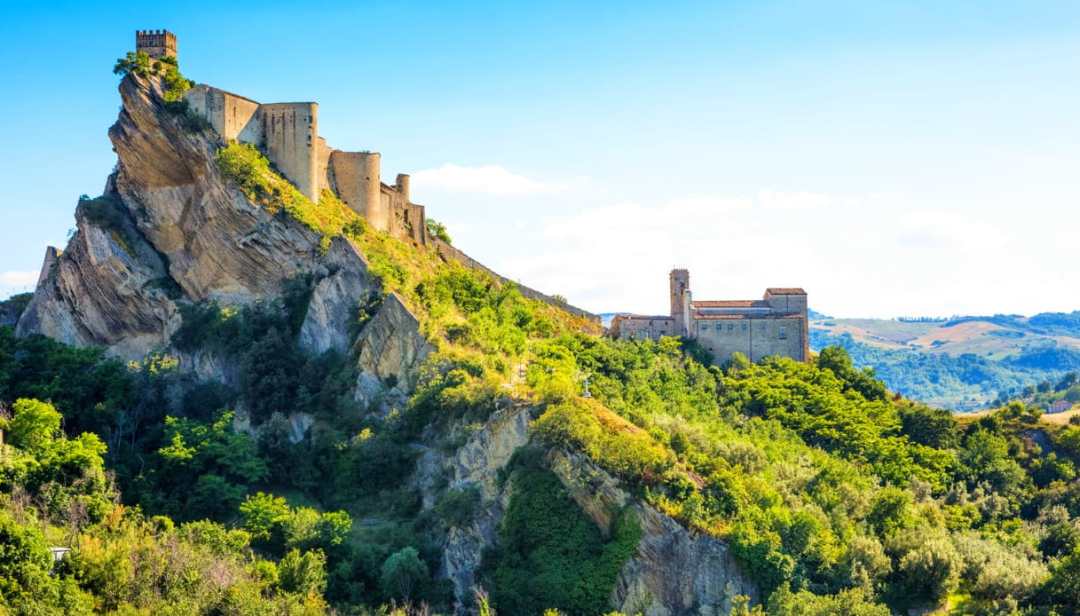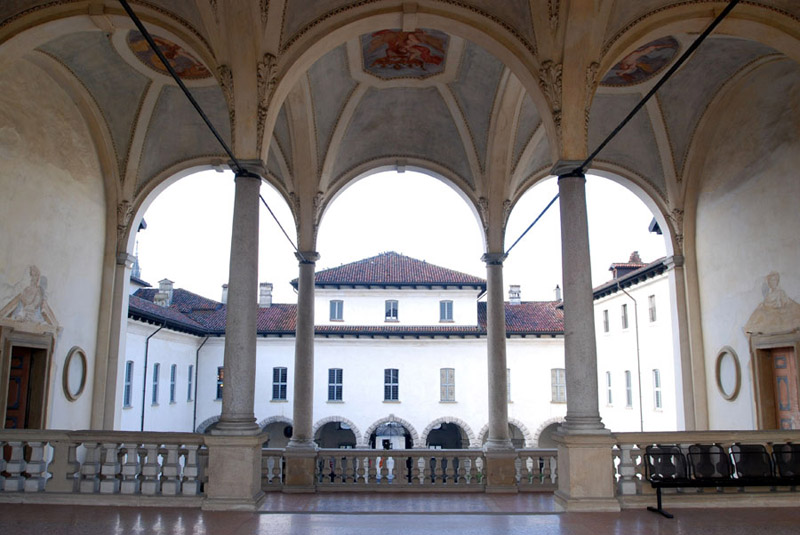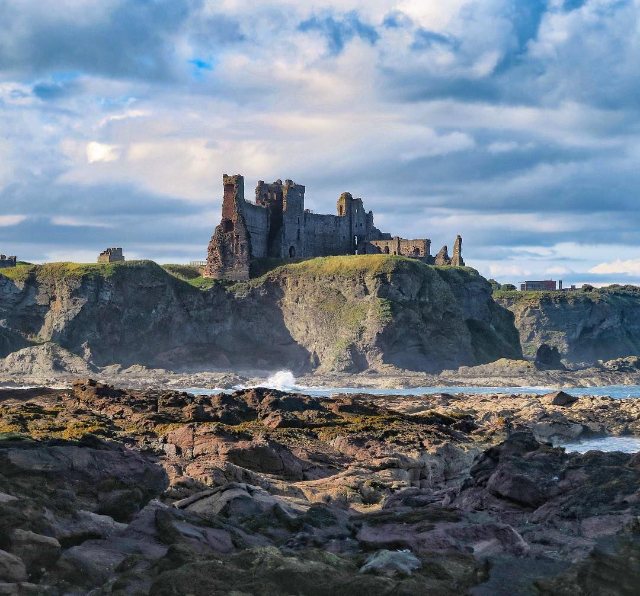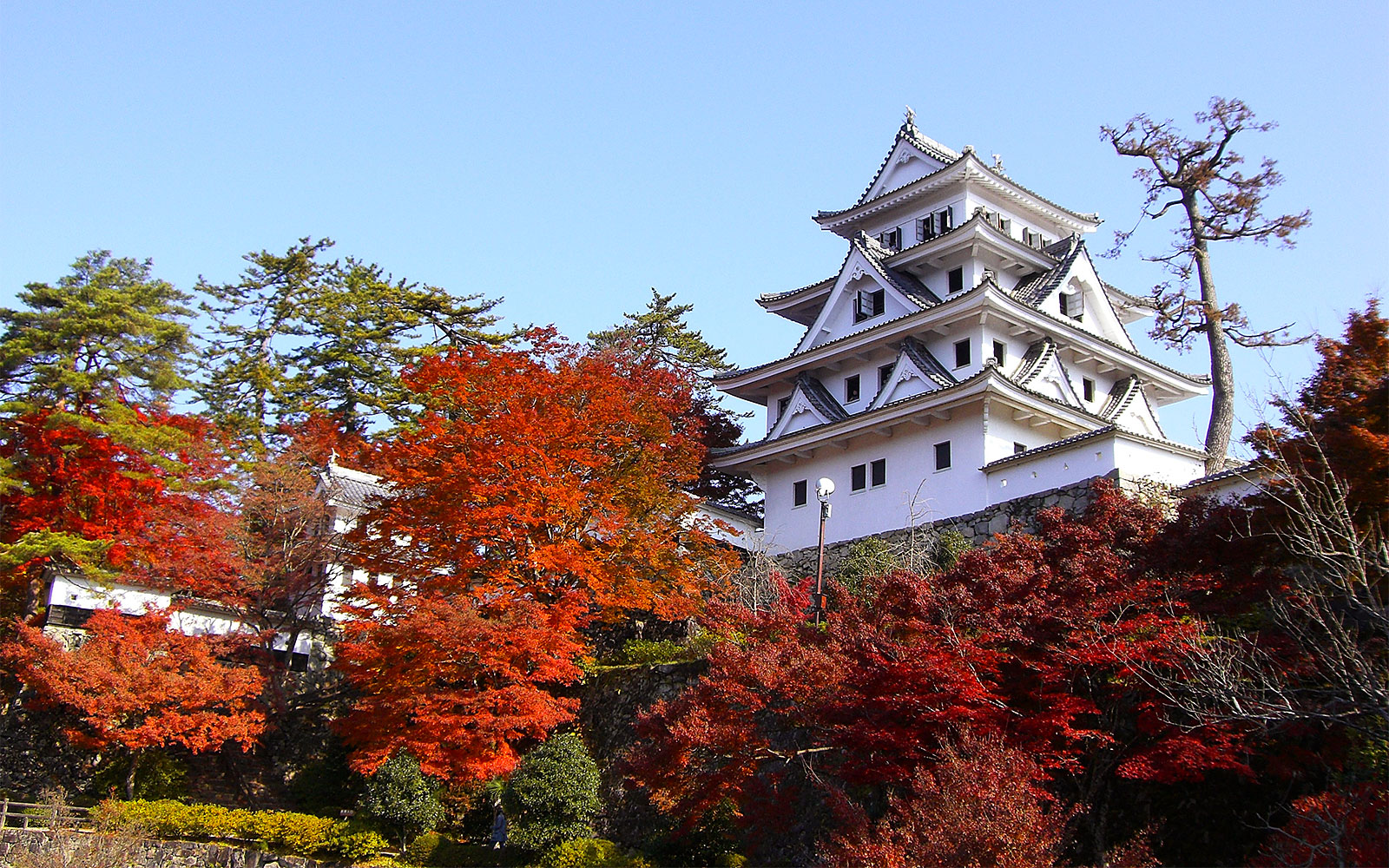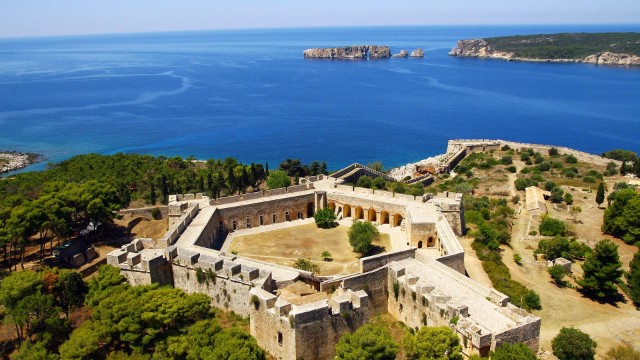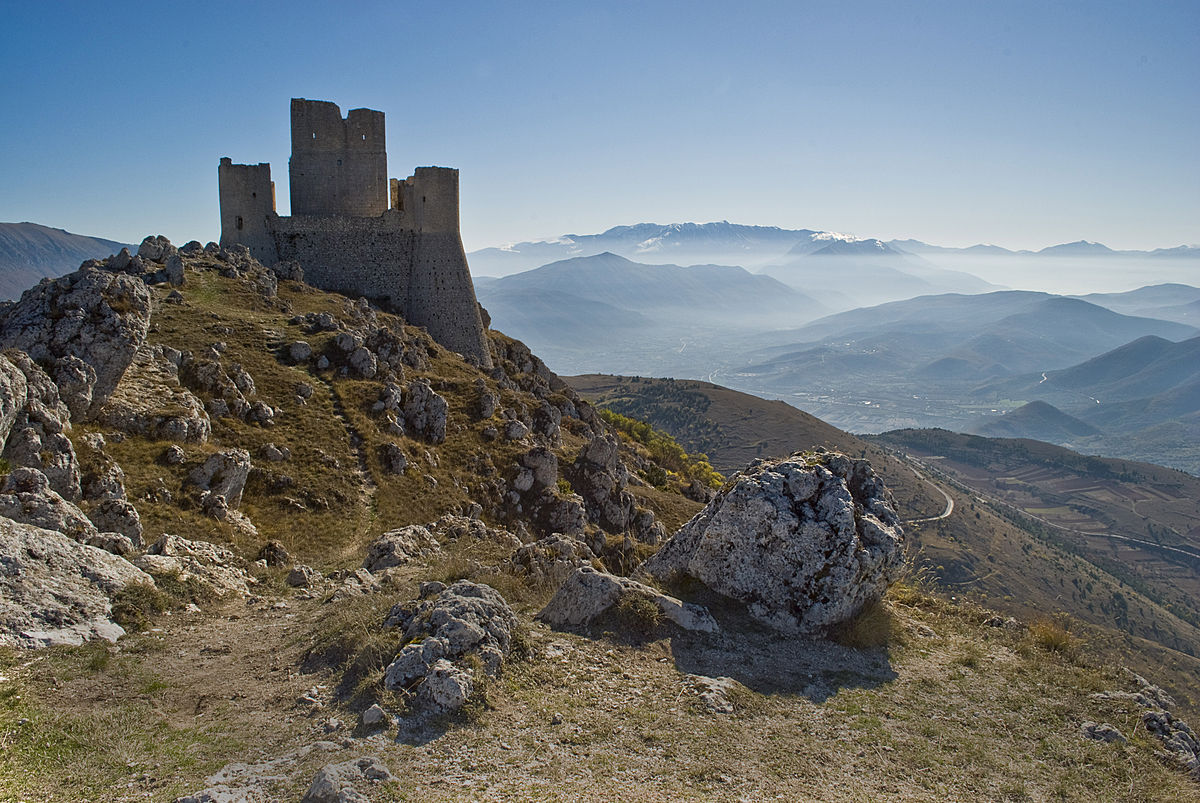Its origin è most likely linked to the Lombards who around the 5th/6th century fortified the fortress,later it passedò under the Swabians, Angevins and Aragonese and gradually the structure took on a more elaborate appearance. Later it belonged to the Caraffa, De Corvis, Nanni and Nanni-Croce families who maintained the castle from 1806 to 1980, when they donated it to the municipality. The manor è has been remodeled and restored over the centuries; the current configuration è the result of major works completed in 1996.
The still dominant layout in the complex dates back to the Angevin-Aragonese period (15th cent.) with evident stratifications from various eras. The castle è is characterized by an irregular and articulated plan that follows the course of the rocky spur on which è it is perched and is enclosed within mighty walls leaning against the overhang. The fortress is accessed by climbing a long flight of steps that leads to the drawbridge and then to the gateway, made of solid oak. Entering the vestibule, which has a brick floor arranged in a herringbone pattern, one immediately notices the sentry tower.Continuing up the steps, which pass through several rectangular rooms, one reaches the prison tower, then the Angevin tower,the church environment, the watchtower, and continuing along the walkway one reaches the gateway. A truly unique and exciting visit that revives the charm of the medieval world. Currently, the castle è also used as an exhibition space and hosts cultural events, including outdoor events.
